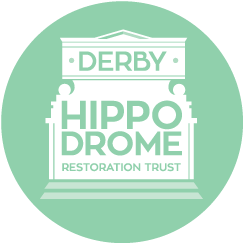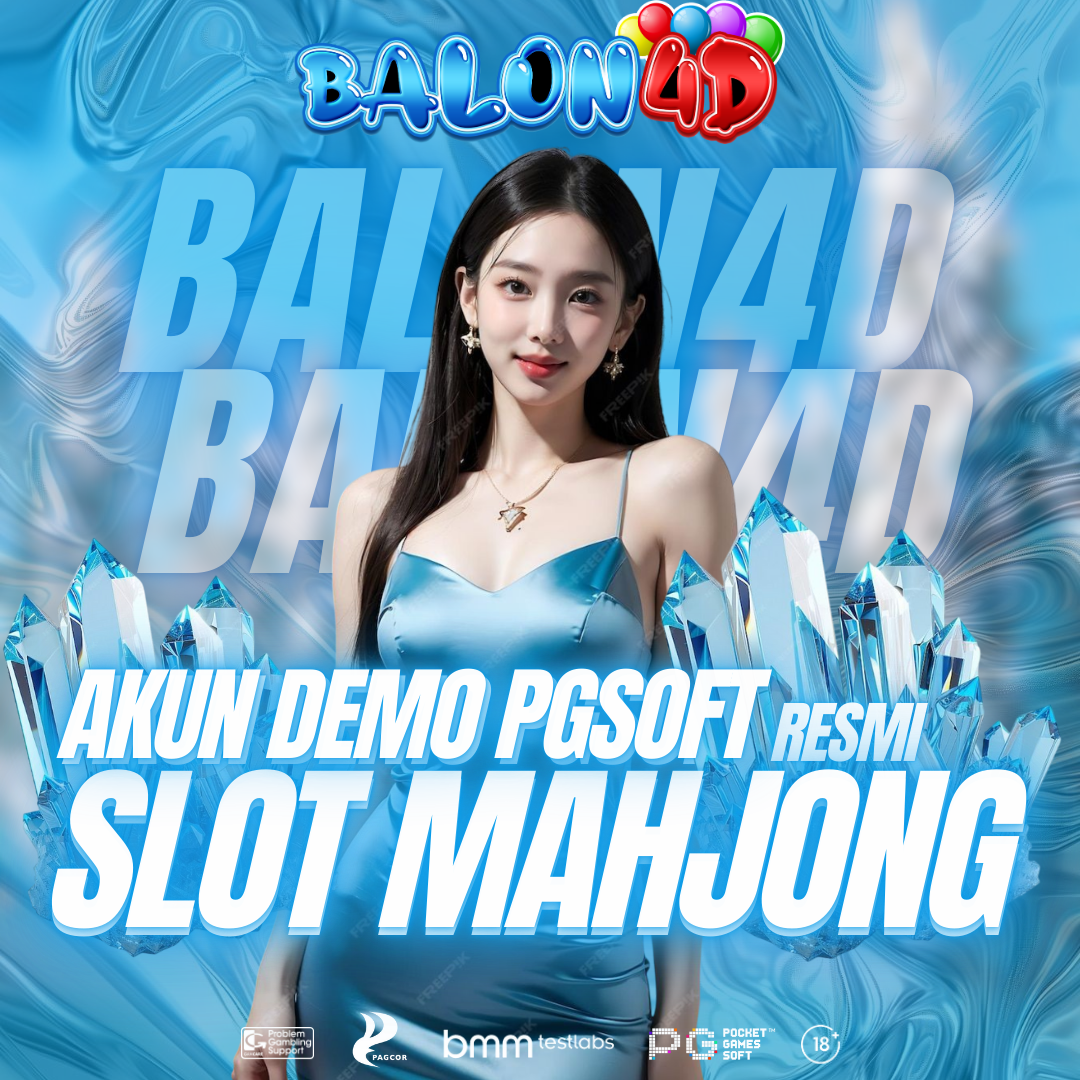BALON4D : Slot Mahjong Demo Pgsoft Terpercaya dan Terbaru Tahun 2026
Balon4D menyediakan slot mahjong demo pg soft secara lengkap dan gratis untuk tahun ini. Kini anda bisa bermain demo mahjong slot di situs yang terpercaya sebagai situs slot resmi tanpa perlu mengeluarkan modal terlebih dahulu.
Slot Mahjong adalah salah satu seri permainan paling populer dari penyedia game terkemuka dunia, PG Soft (Pocket Games Soft). Seri ini dikenal dengan grafisnya yang modern, mekanisme kemenangan unik seperti cascading reels dan pengganda, serta tema yang diangkat dari permainan ubin klasik Mahjong.
Fitur "Demo" memungkinkan Anda untuk mencoba semua varian Slot Mahjong tanpa menggunakan uang sungguhan. Ini adalah cara sempurna untuk:
- Mempelajari Aturan: Pahami paytable dan fitur bonus tanpa risiko.
- Menguji Strategi: Temukan pola taruhan yang paling cocok dengan gaya bermain Anda.
- Menikmati Keseruan Gratis: Mainkan kapan saja, di mana saja, hanya untuk hiburan murni.
Kenapa harus memilih BALON4D?
Jaminan Kepercayaan dan Keamanan (Terpercaya). Kepercayaan adalah prioritas kami. BALON4D beroperasi dengan sistem keamanan tercanggih, memastikan setiap data dan transaksi Anda terlindungi. Kami juga memiliki lisensi dari badan regulasi internasional, menjamin permainan yang adil (Fair Play). Transaksi Aman Mendukung berbagai metode pembayaran lokal (bank transfer, e-wallet, pulsa) dengan proses deposit dan withdraw yang cepat.
Koleksi Slot PG Soft Terbaru 2026
Tahun 2026 membawa inovasi baru dalam dunia iGaming. BALON4D adalah yang pertama menghadirkan rilisan terbaru dari PG Soft. Kami menjamin koleksi game kami selalu up-to-date, termasuk versi-versi terbaru dari Slot Mahjong, seperti Mahjong Ways 3 atau game eksklusif lainnya yang akan dirilis. Semua game demo maupun asli dapat dimainkan dengan lancar di perangkat mobile (Android/iOS) tanpa perlu mengunduh aplikasi tambahan.
““The variety shows we put on at the Derby Hippodrome were wonderful, it was called variety because that is what you got – a variety of different skills. You’d get singers, comedians, jugglers, acrobats, ventriloquists and fire eaters””

